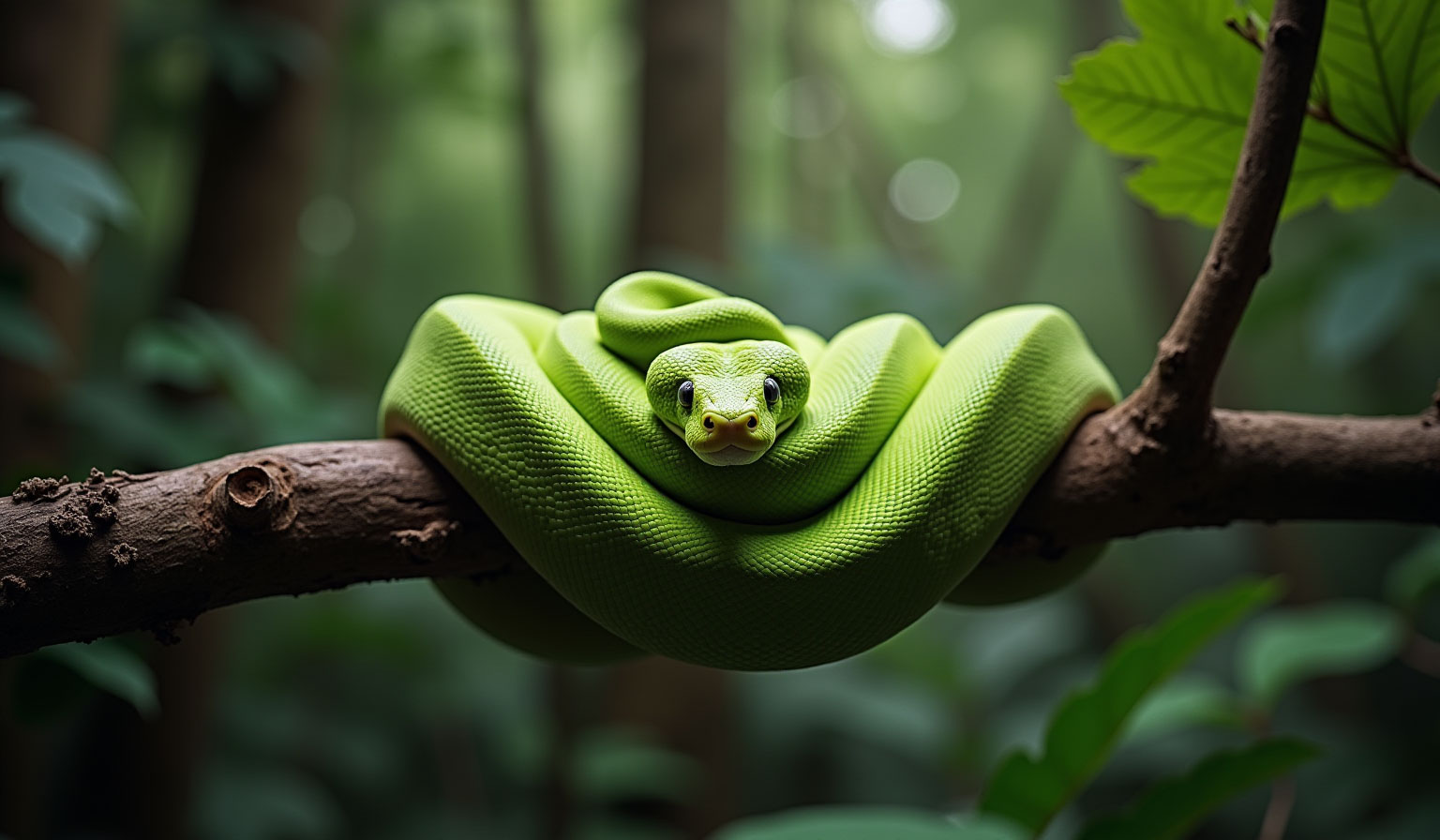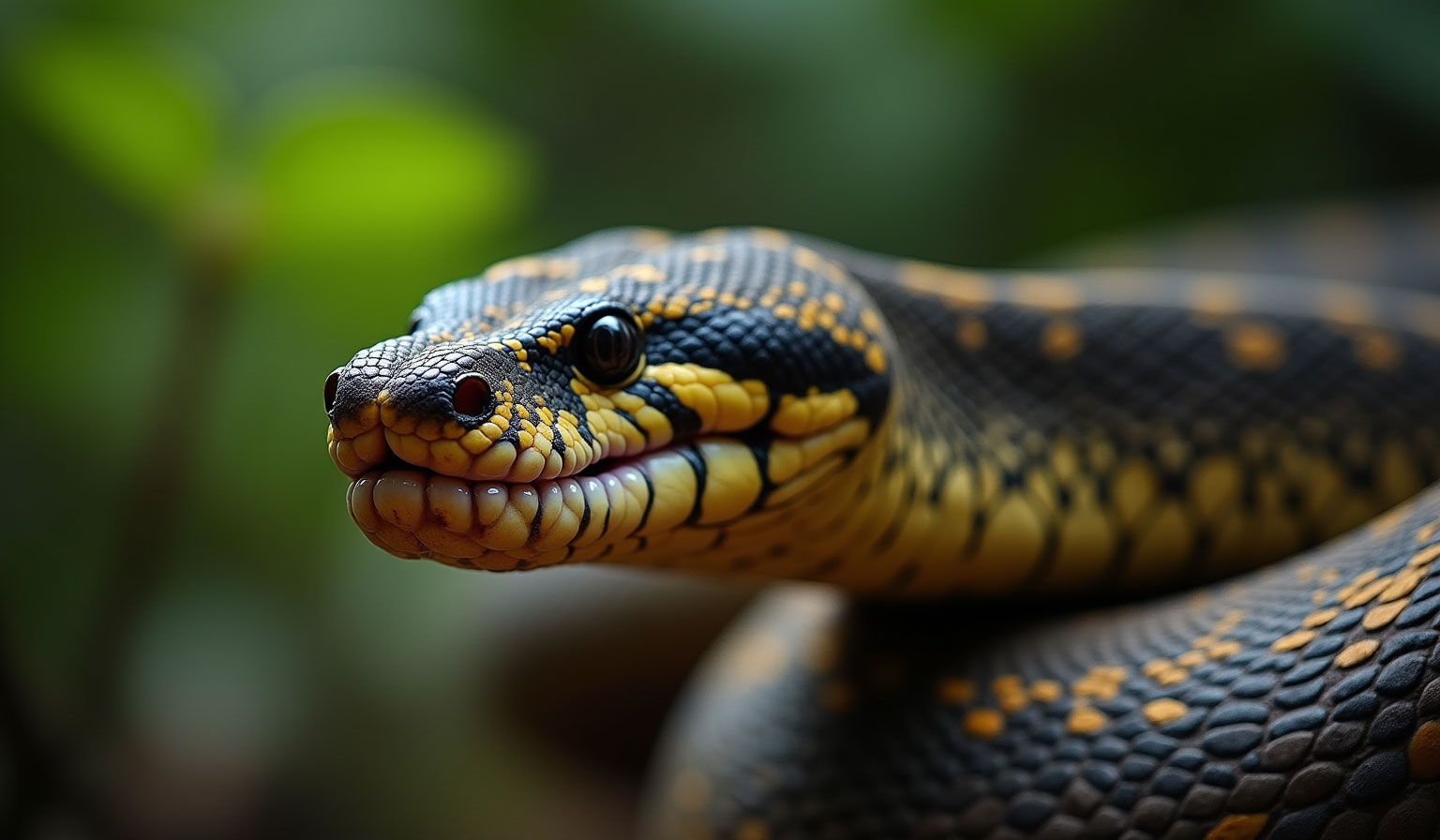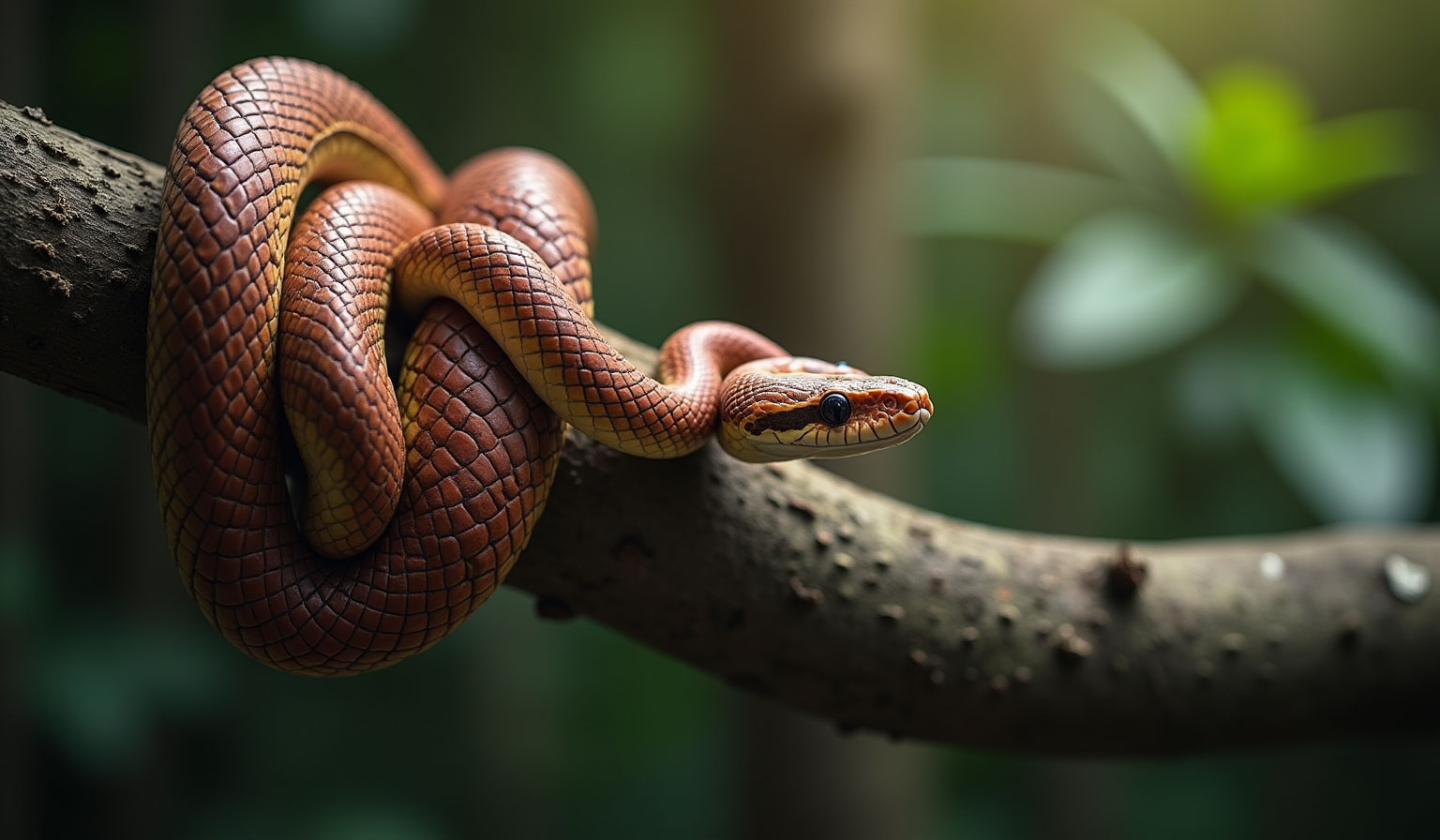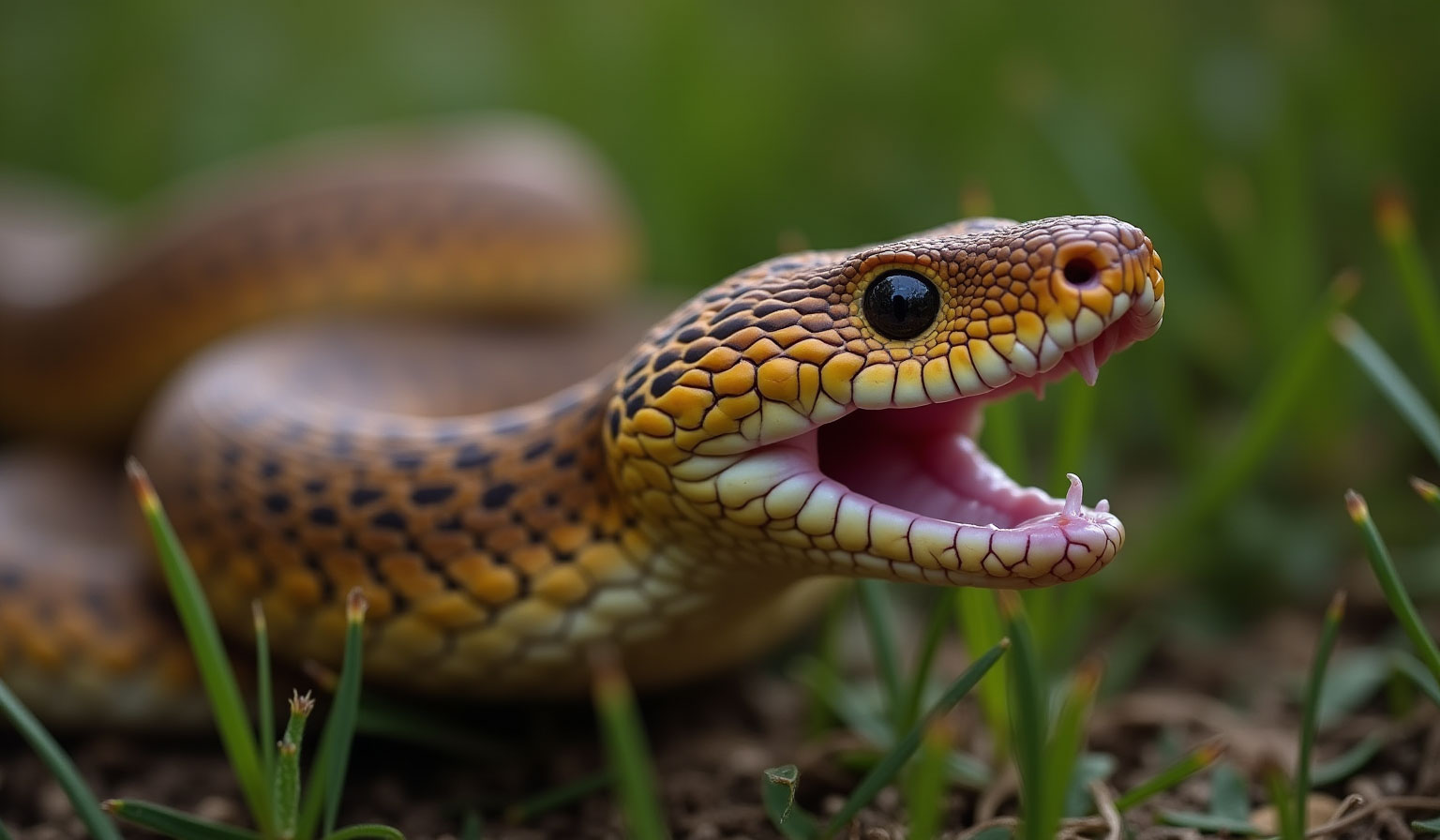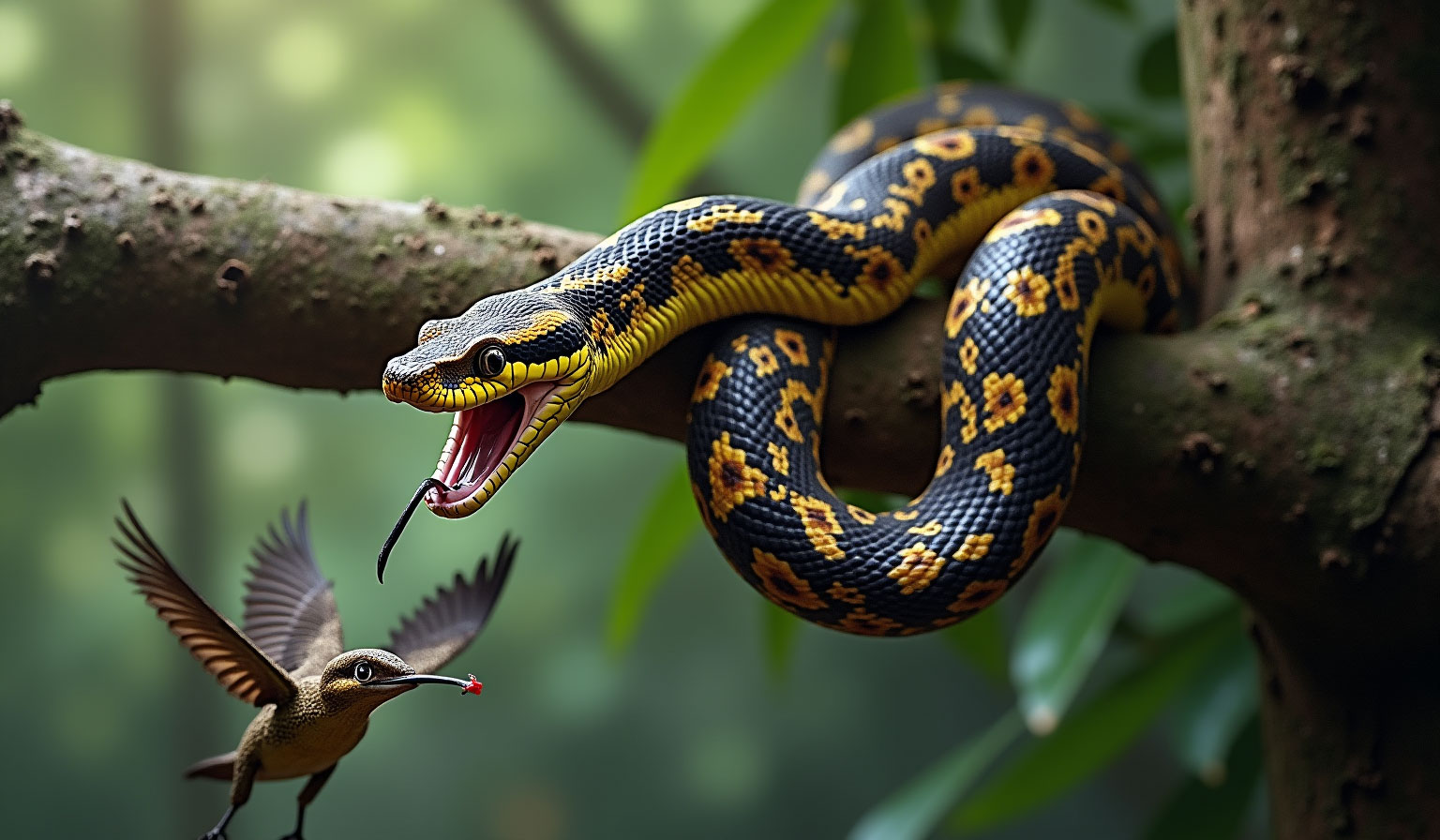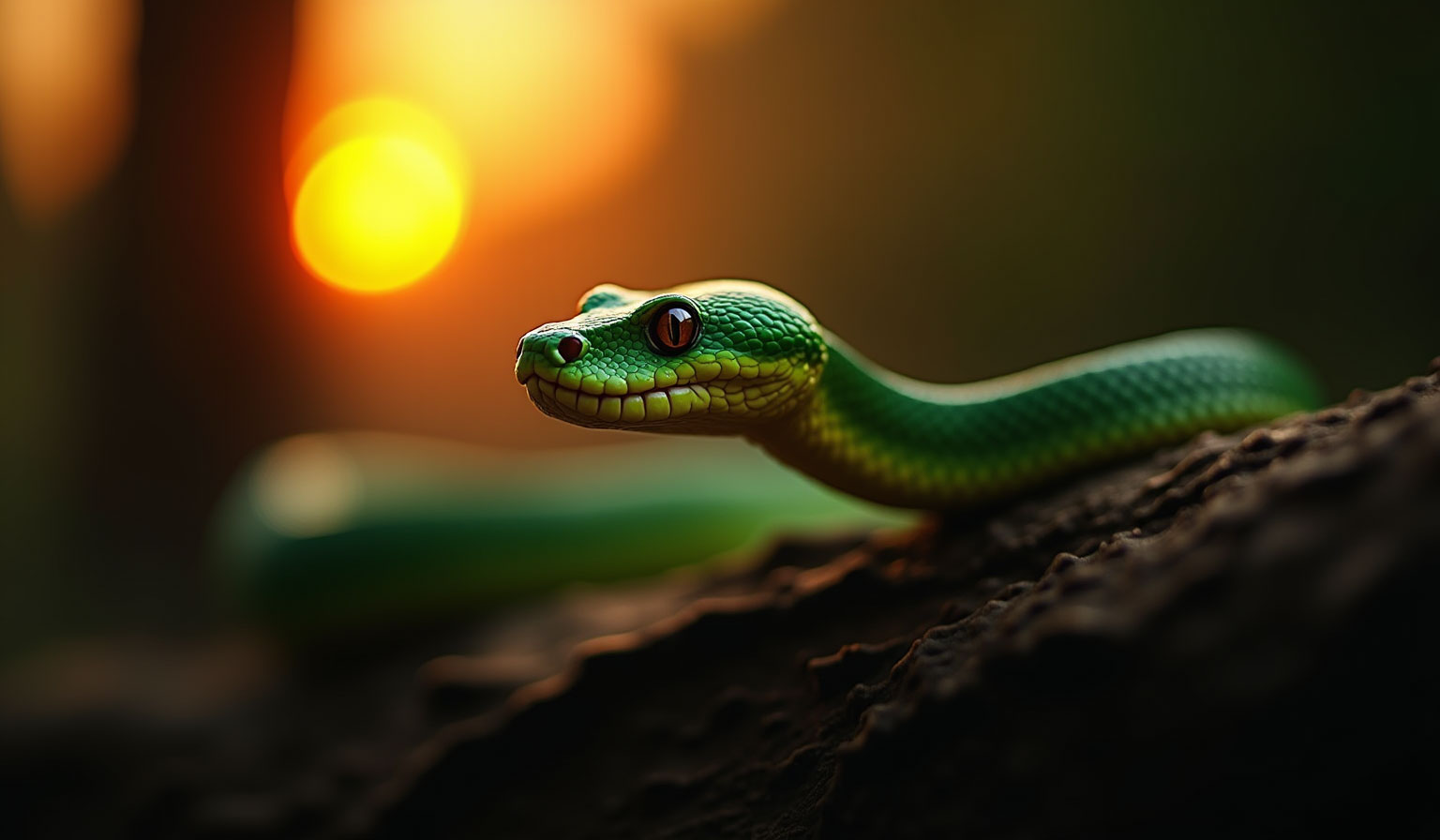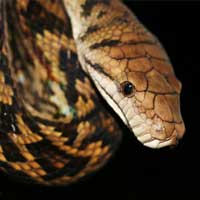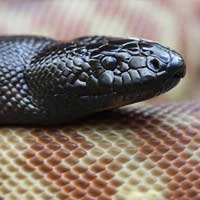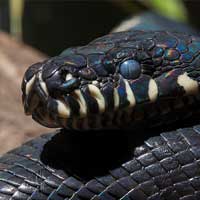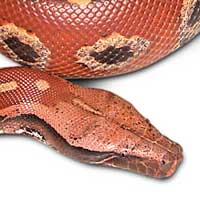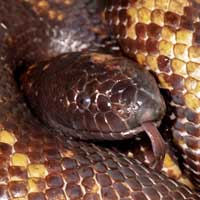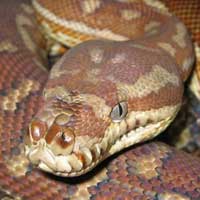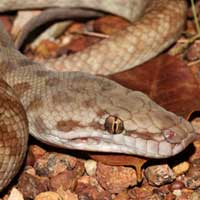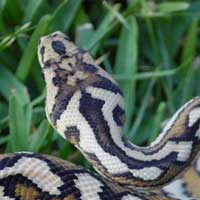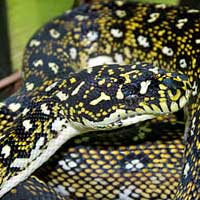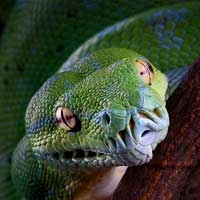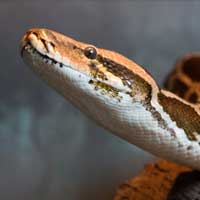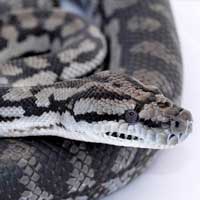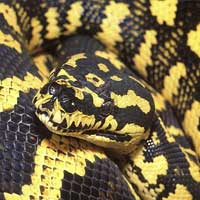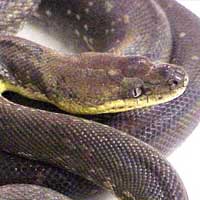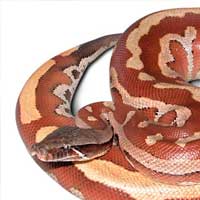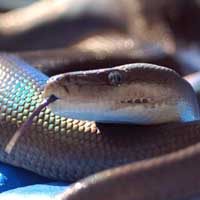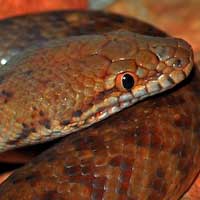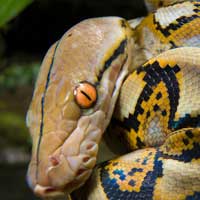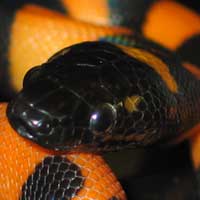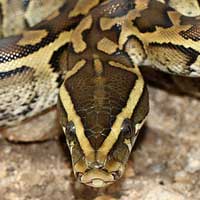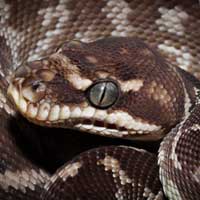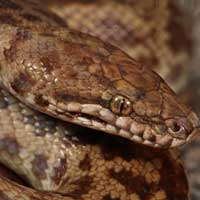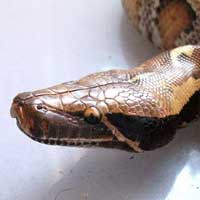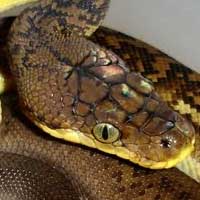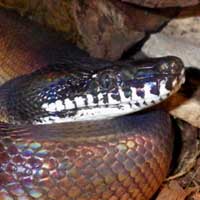Pythons: An In-Depth Guide to the Majestic Snakes
The scientific name for pythons varies depending on the species, but they all belong to the snake family Pythonidae. Pythonidae is known for its large, non-venomous snakes that kill prey through constriction. They are native to Africa, Asia, and Australia and are recognized for their significant size and diverse habitats.
Scientific Name: Pythonidae
Snake Family: Pythonidae
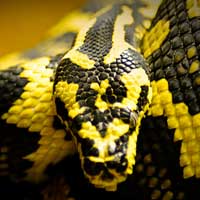
Introduction

Python Habitat: Where Do Pythons Live?
Quick overview of the common python species and their habitats:
| Species | Native Region | Preferred Habitat |
| Reticulated Python | Southeast Asia | Rainforests |
| Ball Python | West and Central Africa | Grasslands, savannas |
| Burmese Python | Southeast Asia | Swamps, marshes, open forests |
| African Rock Python | Sub-Saharan Africa | Grasslands, savannas, rocky areas |
| Carpet Python | Australia, New Guinea | Forests, woodlands |
Python Diet and Feeding: What Do Pythons Eat?
Pythons are carnivores, with a diet primarily consisting of small mammals, birds, and other reptiles. Depending on the species and size, their prey can range from rodents to larger animals like antelope. One of the most well-known traits of pythons is their ability to swallow prey whole due to their flexible jaws.
Pythons in the wild usually consume:
- Rodents (mice, rats)
- Birds
- Bats
- Small mammals (rabbits, hares)
- Reptiles (lizards, smaller snakes)
In captivity, most pet pythons are fed pre-killed or frozen-thawed rodents, such as mice or rats. Feeding intervals can range from once a week to every few weeks, depending on the python's size and age.
Python Behavior and Temperament: Gentle Giants or Aggressive Hunters?
Pythons are generally solitary creatures, coming together only to mate. Most species exhibit calm behavior when undisturbed, and while they are powerful predators, they are not typically aggressive toward humans unless provoked or threatened.
For example:
- Ball pythons are known for their docile nature, often curling into a ball when stressed.
- Reticulated pythons, though larger and more intimidating, can be calm and curious in captivity.
- Burmese pythons are gentle giants but require careful handling due to their immense size.
While pythons rarely pose a danger to humans, their strong constricting abilities mean they should be handled with respect and care.
Python Health and Lifespan: How Long Do Pythons Live?
Here’s an overview of average lifespans for different python species:
| Species | Average Lifespan (Captivity) |
| Ball Python | 20-30 years |
| Burmese Python | 20-25 years |
| Reticulated Python | 20-25 years |
| Carpet Python | 20-30 years |
| Green Tree Python | 15-20 years |
Python Reproduction: Understanding Python Breeding
Pythons are oviparous, meaning they lay eggs. Female pythons can lay anywhere from 12 to 100 eggs per clutch, depending on the species. For instance, the Burmese python is known to lay around 20-50 eggs, while smaller species like the ball python typically lay fewer, about 4-6 eggs.
The breeding process involves:
- Mating: Pythons typically breed during specific times of the year, often in response to environmental changes such as temperature drops or humidity increases.
- Egg-Laying: Once fertilized, the female will lay her eggs in a safe, warm place. Some species, like the Burmese python, will coil around their eggs to keep them warm until they hatch.
- Incubation: Eggs usually take around 60 to 90 days to hatch, depending on the species and environmental conditions.
Python Handling and Care: Tips for Pet Python Owners
Handling a python can be a rewarding experience, but it requires knowledge and care. Here are some key tips for handling and caring for pet pythons:
- Create a Proper Enclosure: The enclosure should be large enough for the python to move around comfortably, with appropriate heat and humidity levels. Include hiding spots and a water dish for hydration.
- Safe Handling Techniques: Always approach your python slowly and confidently. Never handle a python after feeding or when shedding, as they may be more sensitive or aggressive.
- Dietary Needs: Provide a diet of appropriately sized prey, typically mice or rats. Feed at proper intervals to avoid overfeeding or malnutrition.
Taking these steps ensures your python remains healthy and stress-free in captivity.
